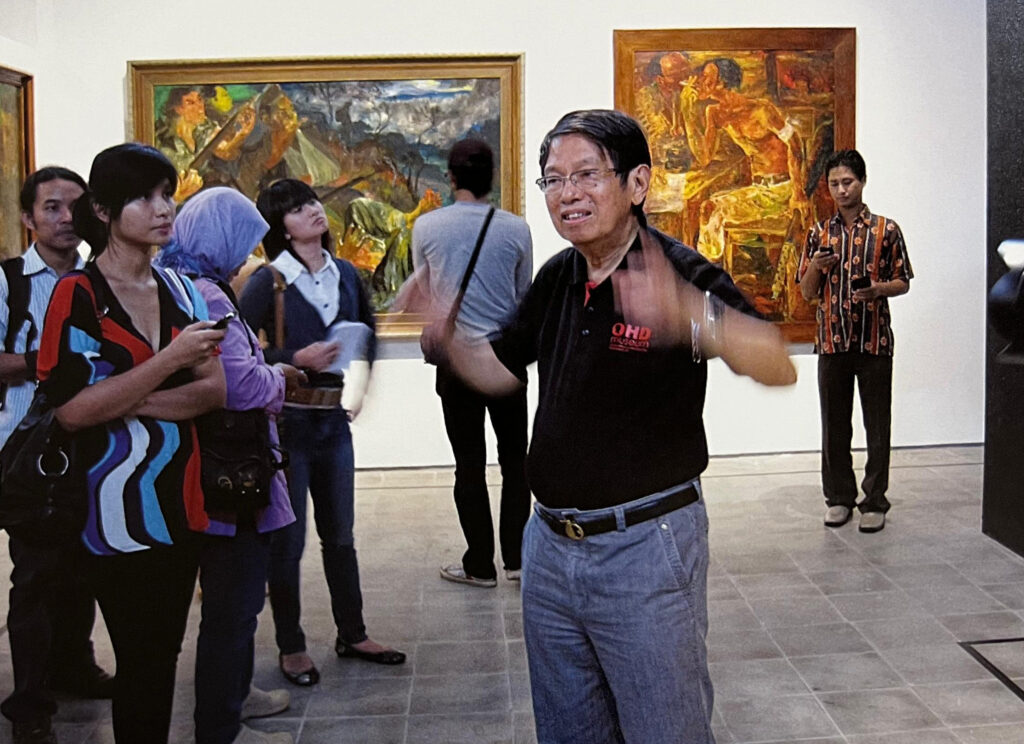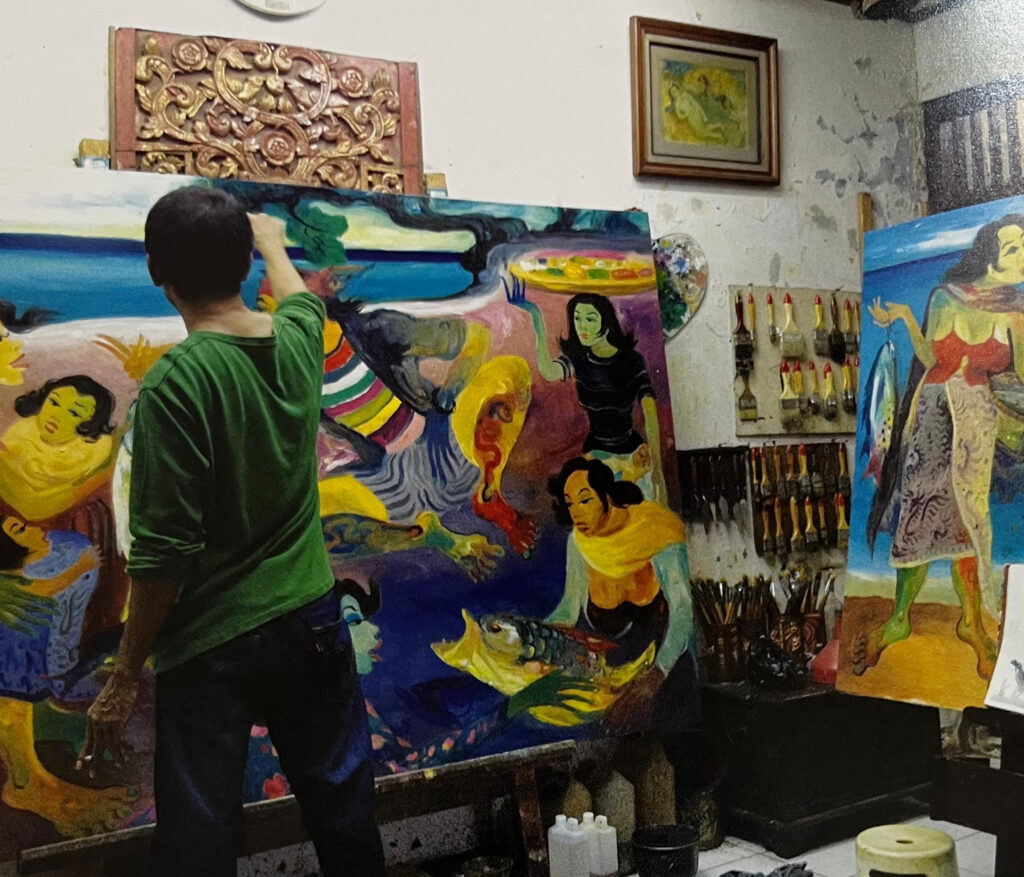Jejak Lukisan Palsu (Traces of Forged Paintings) explores the widespread issue of art forgery in the country, particularly involving works attributed to renowned Indonesian maestros such as Affandi, S. Sudjojono, Hendra Gunawan, and Soedibio. A central focus of the book is the controversy surrounding the collection of prominent collector Oei Hong Djien (OHD), whose museum in Magelang featured artworks that were questioned for their authenticity by family members of the artists, art critics, and observers.

The issue sparked public discussion and was further fueled by an investigative report published in Tempo magazine (June 2012). The report underscored the urgent need for transparency, verified provenance, and curatorial standards in Indonesian art institutions—even in private museums like the OHD Museum. Although OHD expressed openness to having his collection reviewed, no significant follow-up was documented as of late 2013.
The book presents real-life examples, including the case of collector EZ Halim, who was misled into buying a forged painting titled Penganten Ali, backed by a falsified reproduction from a vintage art book. It also highlights the role of a forger, referred to as MY, who admitted to receiving repeated commissions to paint in the style of Indonesian masters. MY is portrayed as a “victim” of a well-organized and concealed forgery network involving dealers, signature forgers, and galleries.

MY working in his studio on a painting in the style of Hendra Gunawan, using the book Hendra Gunawan: A Great Modern Indonesian Painter as a reference.
Compiled by PPSI, the book serves as both a warning and a practical guide for collectors, scholars, and art lovers. With Indonesia’s weak art authentication infrastructure, Jejak Lukisan Palsu Indonesia calls for greater transparency, public education, and legal enforcement to safeguard the nation’s visual arts heritage from manipulation and commercial exploitation.
